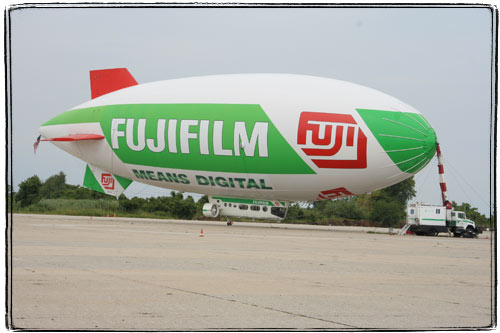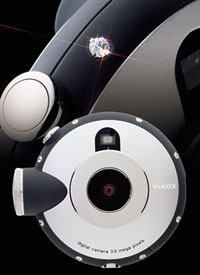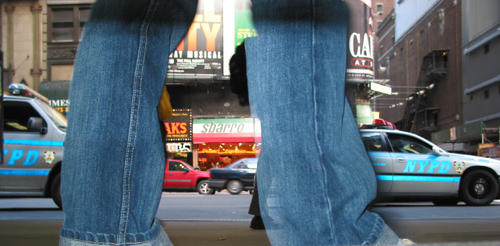As a response to meaningless discussions about microformats, standards, widgets and other unimportant web gunk I wrote an article Deadprogrammer’s Hierarchy of Web Needs. The gist of that post is that what matters the most is text and images, and that the importance of everything else above it falls in geometric progression. Things high on the pyramid get too much consideration.
There is one modifier that does not fit on the pyramid: lubrication. You see, there’s a lot of friction associated with putting content online. It’s a major limiting factor to the growth of the internet. Those who focus on the base of the pyramid and apply enough lube succeed.
Twitter succeeded because it is the ultimate lube, the equivalent of a major dose of oil-based laxative. It lets you put little pooplets of thought at the speed of diarrhea. Text alone is enough – it’s the very base of the pyramid. Because of that people forgive Twitter the url shortening pandemic – the very thing that is poisoning the exchange of links, the terrible handling of images, and the procrustean shortening of the information that you can share.
My ideal twitter feed is kind of like now defunct memepool.com, but with inline images. I want good copy, I want good images and I want good links (and not the terrible shortened crap – this is not what hypertext is about).
Besides lube, there is stuff that seems like a good idea, but is actually adding friction. The days of black backgrounds and blinking text are behind us, but the new enemies of eyeballs are more subtle. Hashmarks in Twitter are terrible. I can’t read shit like “ugh, bad #weather in #hoboken #today #firstworldproblems”. Another thing that acts as sand in my eyes is “winerlinks“. They are little hashmarks that let you link to every paragraph in the story (which is a great idea), but at the same time they look like a bunch of bedbugs and scrape your eye with every saccade.
The year is 2011 and we are walking with supercomputers attached to digital cameras more powerful than the ones that went into space probes. Yet sharing an image is still a huge pain in the ass. It just takes too many steps. Iphone apps do it relatively well, even if too many people mangle their perfectly good pictures with a totally un-fun “a fun & quirky way to share your life with friends through a series of pictures” (whatever that means).
Here’s Vannevar Bush talking about “memex trails” in “As We May Think“:
“The owner of the memex, let us say, is interested in the origin and properties of the bow and arrow. Specifically he is studying why the short Turkish bow was apparently superior to the English long bow in the skirmishes of the Crusades. He has dozens of possibly pertinent books and articles in his memex. First he runs through an encyclopedia, finds an interesting but sketchy article, leaves it projected. Next, in a history, he finds another pertinent item, and ties the two together. Thus he goes, building a trail of many items. Occasionally he inserts a comment of his own, either linking it into the main trail or joining it by a side trail to a particular item. When it becomes evident that the elastic properties of available materials had a great deal to do with the bow, he branches off on a side trail which takes him through textbooks on elasticity and tables of physical constants. He inserts a page of longhand analysis of his own. Thus he builds a trail of his interest through the maze of materials available to him.
And his trails do not fade. Several years later, his talk with a friend turns to the queer ways in which a people resist innovations, even of vital interest. He has an example, in the fact that the outraged Europeans still failed to adopt the Turkish bow. In fact he has a trail on it. A touch brings up the code book. Tapping a few keys projects the head of the trail. A lever runs through it at will, stopping at interesting items, going off on side excursions. It is an interesting trail, pertinent to the discussion. So he sets a reproducer in action, photographs the whole trail out, and passes it to his friend for insertion in his own memex, there to be linked into the more general trail.”
Stinging together these trails is still too cumbersome. Have you ever tried to post a picture of two items (what JWZ calls “ exhibit A, exibit B” (this particular link leads to a collection that is totally worth your time)? What if there are no pictures of these items on the internet and you have to scan or photograph it, upload it, crop it, post it? And what if like Vannevar Bush’s bow and arrow researcher you’d like to add a comment in longhand, your own handwriting. Or how about a little hand-drawn diagram? This simple task will likely take at least half an hour.
But enough bellyaching. It’s 2011, and the flying cars are almost here. There’s Skitch and Evernote (Phil Libin seems to be making the dream of Memex a reality in a less lame way than anyone else). And as an alternative to Twitter there is Google+ – I can drag an image from Skitch into a text area and it automatically uploads! When they’ll open up the API doing A/B posts will become finally possible there. Please, please leave the suffocating, hashtag strewn stinkhole that Twitter became. Join Google+. I’ll be hanging out there.




